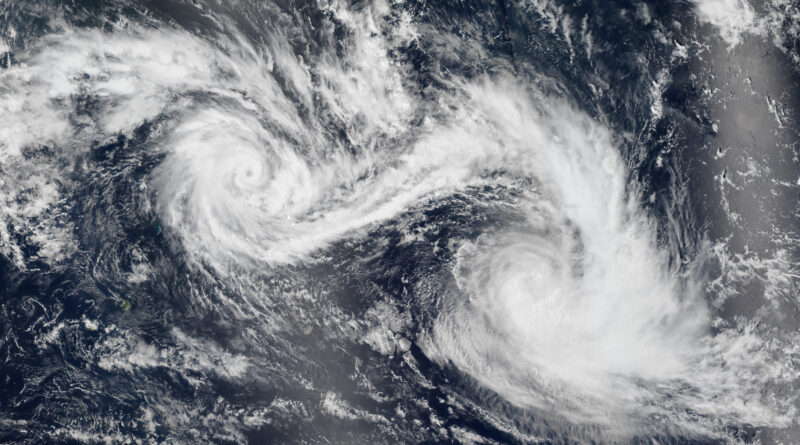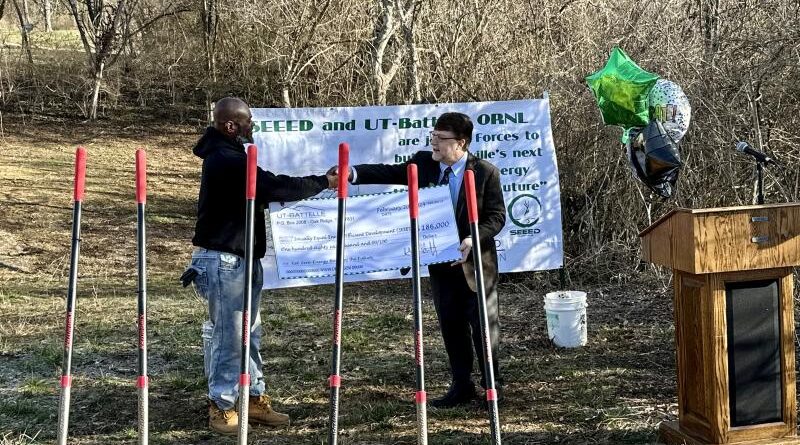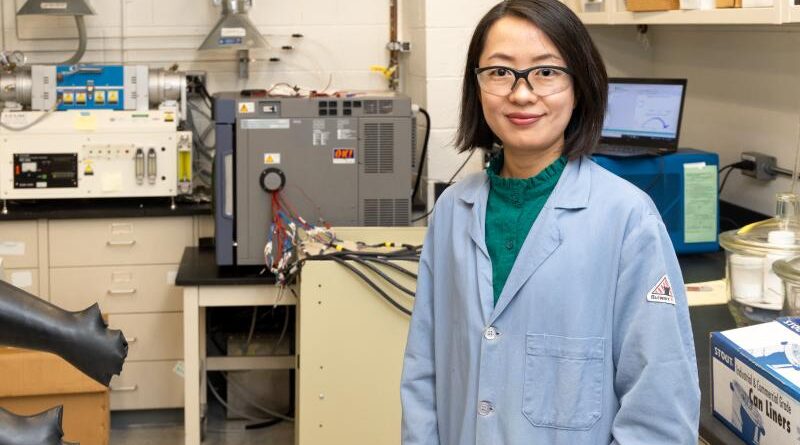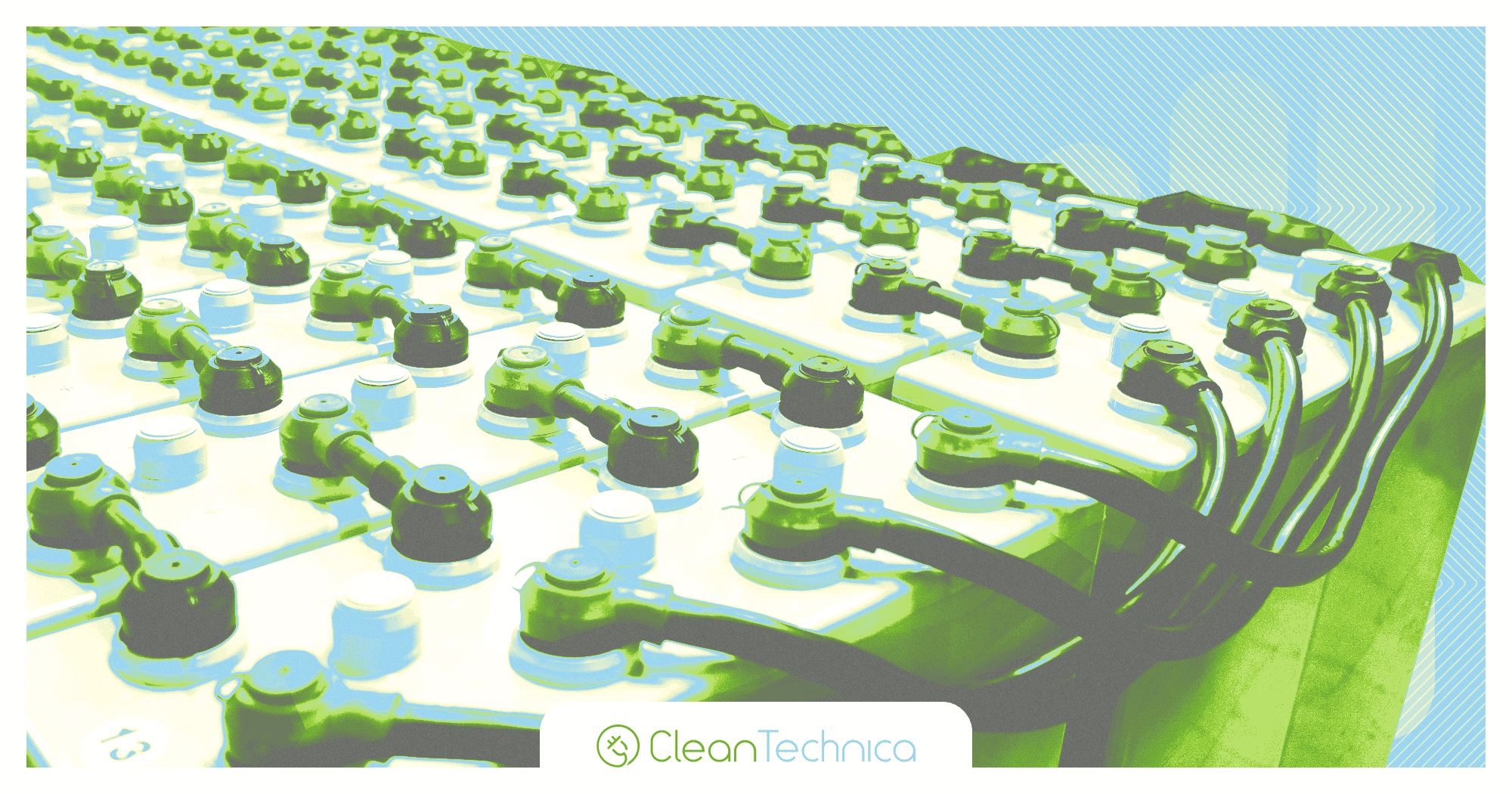Sensing Diseases From Space
Disease itself may be invisible to the human eye, but conditions ripe for disease outbreaks can be seen from satellites. ORNL’s Assaf Anyamba has spent his career using satellite images to determine where extreme weather may lead to vector-borne disease outbreaks. His work has helped the U.S. government better prepare … [continued]










